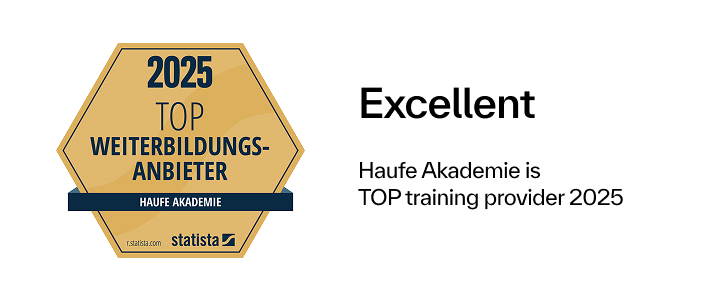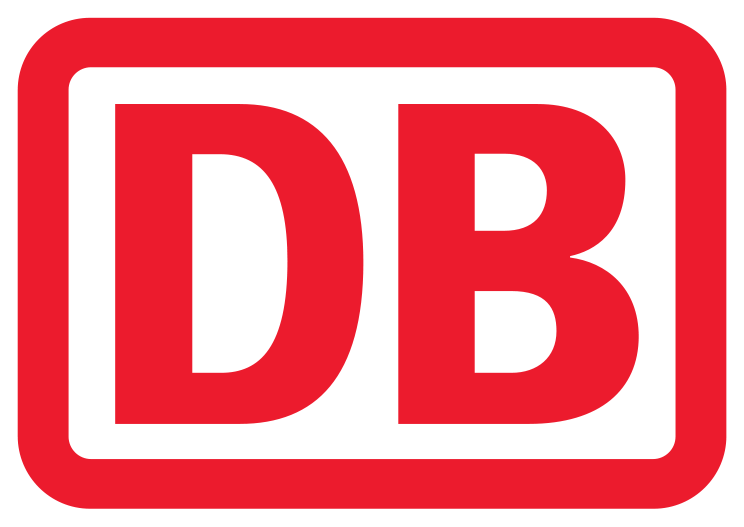Contents
Context and basics
- Necessity and different reasons for transformations (e.g. reorganization, digitalization, system / AI introduction, M&A, restructuring, etc.).
- Why traditional approaches often fail: Avoid conflicts; recognize overloads; ensure progress.
- CIP rethought: continuous improvement with AI - data-based, dynamic and scalable.
- Understanding transformations holistically: Clarity about interactions and levers.
Analyzing and planning transformation
- Analysis of workflows, processes, roles and resources with AI-supported data analysis.
- Scenario work: Thinking organizational structures in different development paths.
- Develop and communicate effective target images (AI story prompting).
Organizing transformation - creating clarity
- Design project organization and role clarification.
- Centralized and decentralized transformation control structures are forming.
- Stakeholder mapping: Identify key people & involve them in a targeted manner.
- Compare targets with actual structures - top-down meets bottom-up.
Carrying out transformation - operational, AI-supported implementation
- Efficiently capture & automatically visualize process data (BPMN/DMN).
- Right sizing of the organizational structure: tapping potential and distributing resources in a targeted manner.
- Business continuity management: securing important roles and minimizing dependencies.
- "Task-skill matching": allocate tasks appropriately and promote talent in a targeted manner.
- Optimize IT landscapes: Making shadow IT and duplicate structures visible.
Maintaining the transformation - ensuring sustainability
- Measuring success - with clearly defined KPIs.
- Promoting reflection - ensuring long-term learning in the company through up-to-date data.
- Fluctuation management: securing knowledge and strengthening retention.
- Risk management: preparation for disruptions and incident response.
- Understand transformation as an ongoing competence rather than a one-off project.
Model your own approach and set it up successfully
- Development of an individual transformation approach for your own area of responsibility.
- Combination of proven methods (e.g. CIP, Canvas) with AI-supported tools.
- Simulation and feedback with realistic scenarios.
- Determine concrete next steps for implementation in the company.
Learning environment
In your online learning environment, you will find useful information, downloads and extra services for this training course once you have registered.
Your benefit
- You will receive a clear structure for managing all phases of a successful transformation - from planning to implementation.
- You combine proven methods with modern technologies.
- With the help of AI, you develop realistic scenarios for changes in your company.
- Clearly defined KPIs help you to make success measurable.
- You return with a tested transformation plan - ready for direct implementation.
Methods
trainers, canvas work, case studies, group work, simulations, peer sparring, transfer exercises, AI-supported tool demonstrations (e.g. process mapping, resource management, capacity analysis).
Tools
Recommended for
Specialists and managers with operational responsibility in SMEs or corporations - e.g. division and department heads, project managers, team leaders, process owners, change agents or internal transformation managers. Particularly suitable for roles that lead transformation or are responsible for implementation, want to think through scenarios with foresight and understand how AI can support them.
42347
Start dates and details
Thursday, 16.04.2026
09:00 am - 5:00 pm
Friday, 17.04.2026
09:00 am - 4:30 pm
- one joint lunch per full seminar day,
- Catering during breaks and
- extensive working documents.

Tuesday, 21.07.2026
09:00 am - 5:00 pm
Wednesday, 22.07.2026
09:00 am - 4:30 pm
Monday, 12.10.2026
09:00 am - 5:00 pm
Tuesday, 13.10.2026
09:00 am - 4:30 pm
- one joint lunch per full seminar day,
- Catering during breaks and
- extensive working documents.

Wednesday, 03.02.2027
09:00 am - 5:00 pm
Thursday, 04.02.2027
09:00 am - 4:30 pm
- one joint lunch per full seminar day,
- Catering during breaks and
- extensive working documents.







